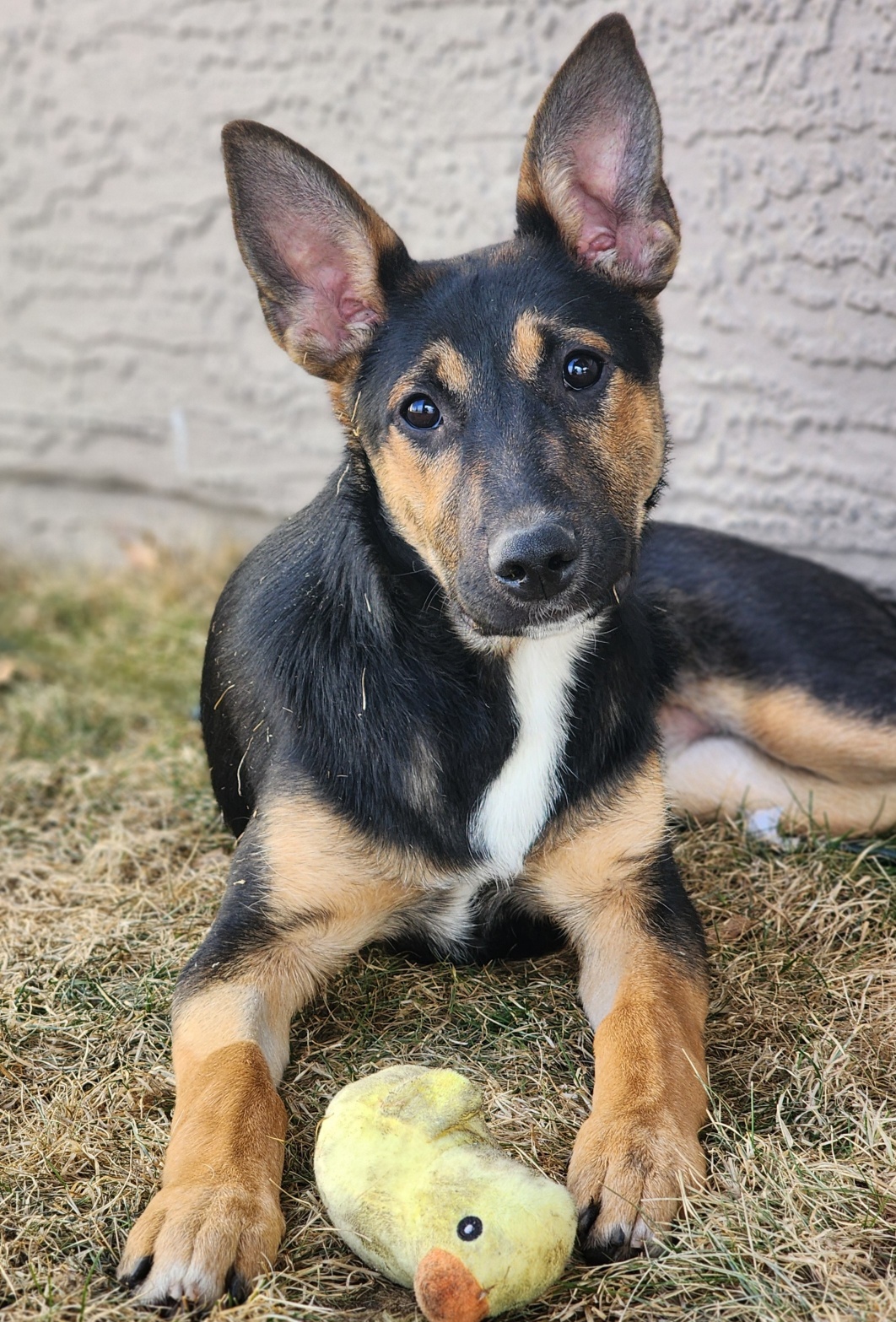Adoption Program
At AARCS, we are compassionate advocates for vulnerable animals, offering a lifeline to those facing homelessness. We play a pivotal role in our society by providing care to thousands of homeless animals, preventing cruelty, and promoting responsible pet guardianship.
We hope to create a compassionate community that values and protects the lives of animals, and who we hope will choose adoption when looking for a furry family member. We work tirelessly to connect deserving rescued animals with loving homes.
We rescue and adopt out approximately 3,500 animals each year, including dogs, cats and small critters, such as rabbits and guinea pigs. We work with local Indigenous communities and municipalities to assist with the intake of stray animals, and work with local authorities including police and animal protection officers to assist with cases of abuse, abandonment and seizure. We also provide animal intake services for members of the public when space allows. Our goal is to provide people with an option for their pets when they are unable to continue to care for them, and to treat everyone with respect and kindness.
If you need to re-home a pet, please visit our Re-home An Animal page. We operate at capacity most of the time and do not euthanize for space; therefore, we cannot take in every animal that is requested, but we will do our best.
We operate an intake shelter in Calgary with an onsite veterinary hospital, which is vital to the animal welfare landscape in Alberta and serves animals and people province-wide.
Unlike a traditional shelter, AARCS utilizes a vast network of foster homes across the province, allowing us to care for an average of 500 animals at any given time. We feel a foster home is the best environment for pets whenever possible, and it provides us with some great information to help match the animal with a forever family. Our veterinary clinic provides all the necessary medical care for each animal before adoption. From broken bones to gunshot wounds to viruses and diseases, our amazing veterinary team cares deeply about each animal and provides the best medical care possible.
If you are interested in adopting an animal through AARCS, please visit our Adoption Process page for more information.
Why So Many Animals in Need?
Unfortunately, the most recent report for Canadian animal welfare and sheltering data is the 2021 Animal Shelter Statistics report from Humane Canada. As data submissions are voluntary, only about 50% (<100) of the canvasssed Humane Socieities and SPCAs in Canada responded, and the report is not open to submission from rescues or government agencies, which represent a large segment of animal welfare work in this country. As the lansdcape of animal welfare has changed dramatically in recent years, we are sharing another report, which better reflects what AARCS is currently experiencing:
The sole purpose of Shelter Animal Counts is to collect and share data in the animal welfare space. Although they report statistics from the USA, Canada often mirrors our neighbours to the south when it comes to animal sheltering, only on a smaller scale. This report includes data from nearly 7,000 agencies, including government funded agencies, Humane Societies, SPCAs and rescue organizations.
The information is staggering, and not in a good way.
We have a long way to go in our mission to end animal homelessness, but this report helps shed light on the current state of animal welfare. It provides us with information that may inform our programs to better address the needs of animals and address underlying issues so that we can reduce shelter intakes and increase adoptions.
“It’s no secret that animal shelters across the country are in crisis. Nationally, shelters are in their third year of having too many animals and not enough adoptions — especially for dogs. The current trend shows dog adoptions down 1.2% from 2022 numbers, after shelter intake January-September 2023 saw a 2.5% increase in dog intake.
The data shows a 10% increase in overall intake compared to 2021, driven primarily by dogs. Non-live outcomes (including shelter euthanasia and deaths in care) for dogs are also on the rise — up 31% from 2022, and up 85% from 2021.
Animal organizations continue to struggle with over-capacity status and urgently need community support, expressing a dire need for members of their communities to adopt or foster from local shelters or rescue organizations, spay or neuter their pets, and volunteer or donate.”
www.shelteranimalscount.org/intake-and-outcome-data-analysis-q3-2023/
Why Adopt?
Every animal that comes through our adoption program is spayed or neutered, microchipped, vaccinated and treated for parasites before adoption. Any additional medical care is also provided, such as treatment for illness or injury, surgical procedures, dental care, etc. This is all included in our modest adoption fees. In addition, we provide our rescued animals with food, training, love and companionship while in the care of our vast network of foster homes as we search for suitable placement in forever adoptive homes. AARCS volunteers endeavour to achieve stability in the emotional, psychological and physical health of each animal through rehabilitation and training in order to prepare them for a forever home.
By choosing adoption, you help to reduce pet homelessness and alleviate the strain on animal welfare organizations. Every animal adopted out makes space for another in need. You also have the satisfaction of giving a second chance to a deserving animal! Most importantly, your newly adopted pet will bring joy and a sense of unconditional love to you and your family. Pets can help alleviate stress, provide a source of comfort and companionship and encourage physical activity through regular walks and outdoor time.
Pet adoption is good for your mental, emotional and physical well-being!



